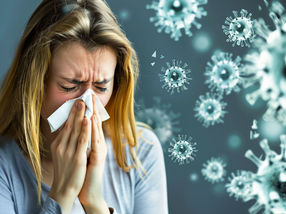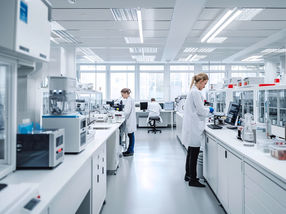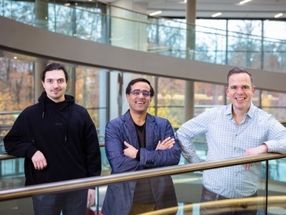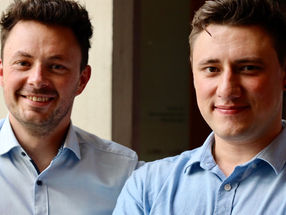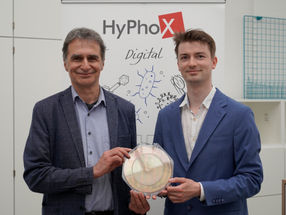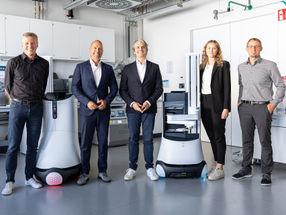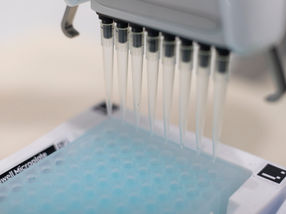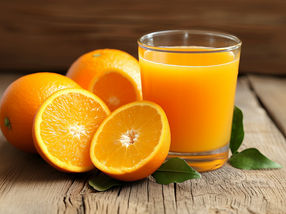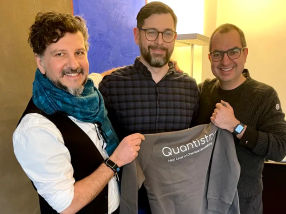Genentech Initiates First-in-Human Study with NovImmune’s Anti-IL17 Antibody
NovImmune announced that Genentech, a member of the Roche Group, initiated a First-in-Human study with anti-IL-17 (NI-1401, RG7624), a fully human monoclonal antibody designed to specifically and selectively bind to the human IL-17 family of cytokines. The anti-IL-17 antibody was generated at NovImmune and licensed to Genentech in July 2010. The initiation of the Phase I clinical trial triggers a milestone payment from Genentech of an undisclosed amount.
Jack Barbut, CEO, commented "With the compound entering man, NovImmune is gratified to see Genentech’s continued commitment to the anti-IL-17 program. This news creates an additional milestone as this is the fifth NovImmune therapeutic antibody to enter clinical development; a significant achievement for a small biotech company."
Topics
Organizations
Other news from the department research and development

Get the life science industry in your inbox
From now on, don't miss a thing: Our newsletter for biotechnology, pharma and life sciences brings you up to date every Tuesday and Thursday. The latest industry news, product highlights and innovations - compact and easy to understand in your inbox. Researched by us so you don't have to.
Most read news
More news from our other portals
See the theme worlds for related content
Topic world Antibodies
Antibodies are specialized molecules of our immune system that can specifically recognize and neutralize pathogens or foreign substances. Antibody research in biotech and pharma has recognized this natural defense potential and is working intensively to make it therapeutically useful. From monoclonal antibodies used against cancer or autoimmune diseases to antibody-drug conjugates that specifically transport drugs to disease cells - the possibilities are enormous

Topic world Antibodies
Antibodies are specialized molecules of our immune system that can specifically recognize and neutralize pathogens or foreign substances. Antibody research in biotech and pharma has recognized this natural defense potential and is working intensively to make it therapeutically useful. From monoclonal antibodies used against cancer or autoimmune diseases to antibody-drug conjugates that specifically transport drugs to disease cells - the possibilities are enormous

